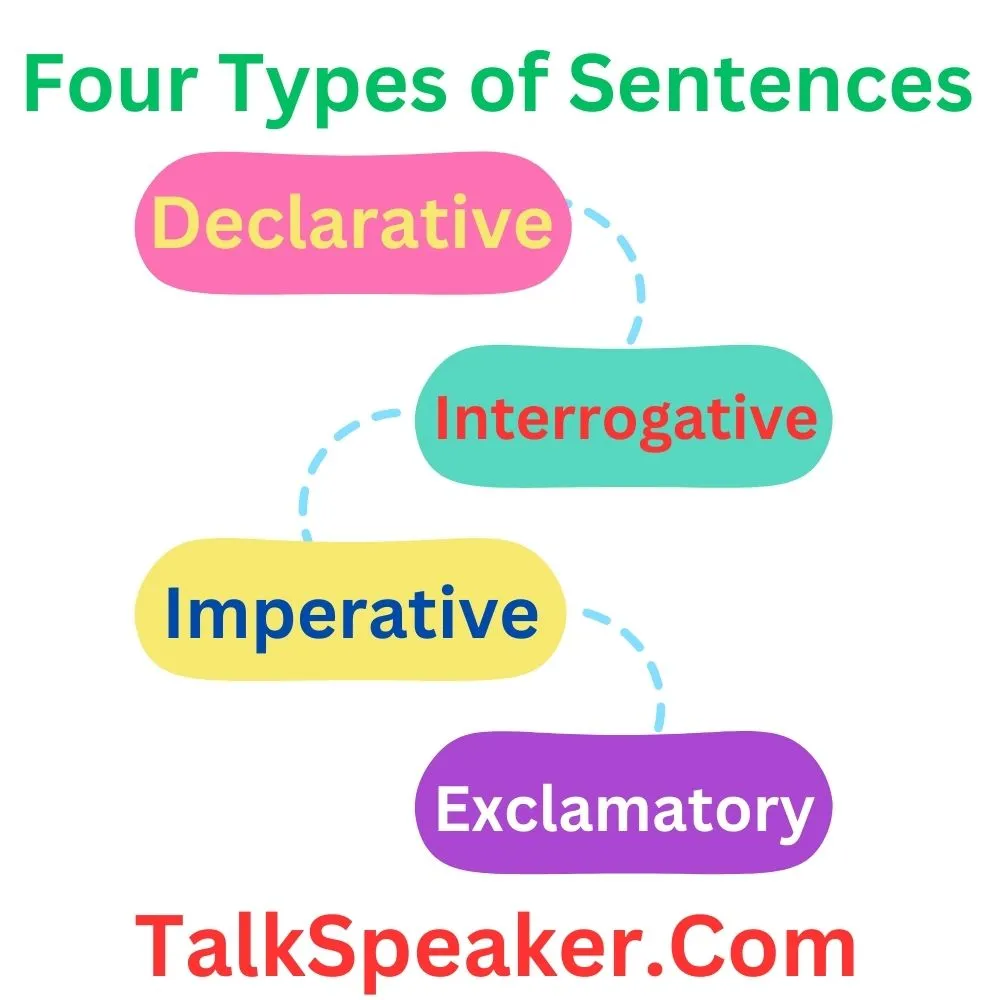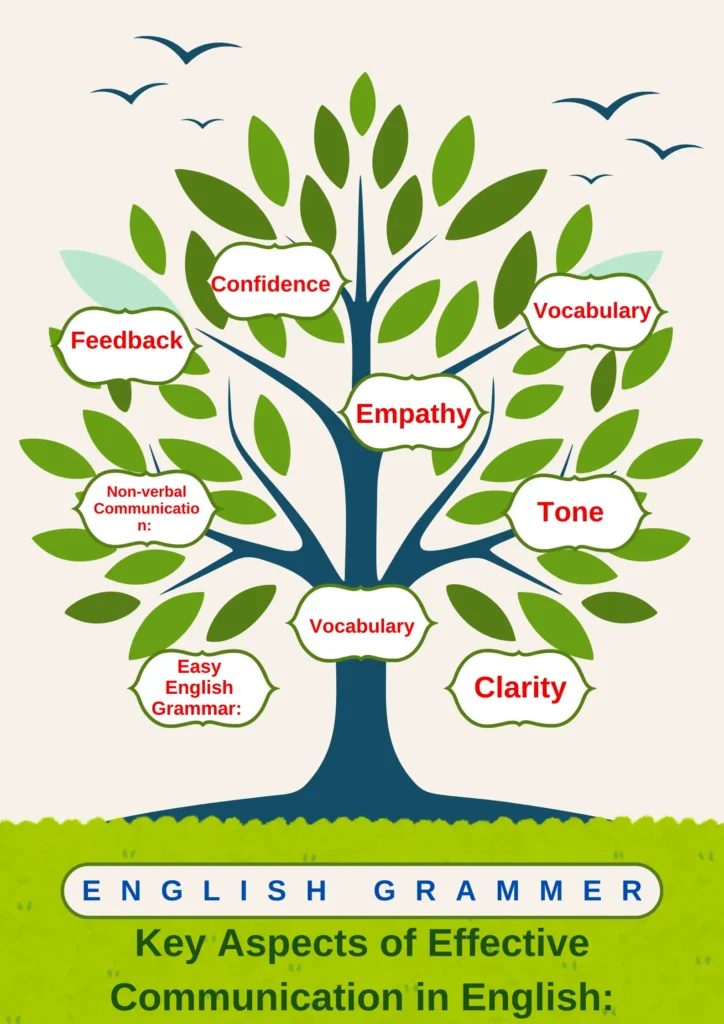Last updated on October 23rd, 2024 at 04:40 pm
Have you ever felt like you need clarification on English grammar? Don’t worry—you’re not alone! Grammar can be tricky, but it becomes much easier to express yourself clearly once you get the basics down.
In this guide, we’ll break down the essentials of English grammar so you can start on the right foot.
Feeling lost with English grammar? Don’t worry—you’re not alone! Grammar is essential for clear communication, whether you’re writing an email or speaking with friends.
Learn about the eight parts of speech, subject-verb agreement, the difference between “a,” “an,” and “the,” and more. This guide breaks it all down, making grammar easy to understand and apply.
Remember, practice makes perfect, so start reading and writing today to sharpen your skills! Ready to unlock your grammar potential? Explore this guide and elevate your English fluency now!
What Is Grammar, and Why Does It Matter?
Grammar is the set of rules that tells us how words should be used in sentences. Think of it like the traffic rules for language—without it, everything would be chaotic!
Good grammar helps you communicate more clearly, whether you are writing a story, speaking in class, or just chatting with friends.
The Eight Parts of Speech

Words in English fall into different categories called parts of speech. These categories help us understand how words function in a sentence. Let’s take a quick look at the eight main ones:
| Part of Speech | Definition | Examples |
| Nouns | Names for people, places, things, or ideas | cat, city, love |
| Pronouns | Words that replace nouns | he, they, it |
| Verbs | Action or state of being words | run, is, write |
| Adjectives | Words that describe nouns | blue, happy, tall |
| Adverbs | Modify verbs, adjectives, or other adverbs | quickly, very, well |
| Prepositions | Show relationships between words | on, in, at |
| Conjunctions | Connect words or groups of words | and, but, or |
| Interjections | Show strong emotions or reactions | wow!, oops! |
More Information About Parts Of Speech
1. Nouns
Nouns are words that name people, places, things, or ideas. Think of them as the “who” and “what” of a sentence.
- People: teacher, Emily
- Places: school, Paris
- Things: car, apple
- Ideas: love, happiness
Example:
The teacher gave the students a book.
In this sentence, teacher, student, and book are all nouns.
2. Pronouns
Pronouns are used in place of nouns to avoid repeating the same words too often. They make sentences clearer and more concise.
- Examples: he, she, it, they, you, we, ect
Example:
Emily loves her cat. She takes good care of it.
Instead of repeating Emily, we use she, and instead of the cat, we use it.
3. Verbs
Verbs are the action words in a sentence. They tell us what someone or something is doing or what state they are in.
- Action Verbs: run, write, play
- State of Being Verbs: is, are, seem
Example:
The children play in the park.
Here, play is the verb, showing what the children are doing.
4. Adjectives
Adjectives are words that describe nouns. They give more details about the noun, such as size, color, shape, or quantity.
- Examples: blue, tall, beautiful, five
Example:
She has a beautiful garden full of colorful flowers.
Beautiful describes the garden, and colorful describes the flowers, making the picture more vivid.
5. Adverbs
Adverbs modify verbs, adjectives, or other adverbs. They tell us how, when, where, or to what extent something happens.
- Examples: quickly, very, yesterday, well
Example:
He ran quickly to catch the bus.
Quickly tells us how he ran.
Tip: Many adverbs end in -ly, but not all (e.g., fast, well).
6. Prepositions
Prepositions are words that show the relationship between a noun (or pronoun) and another part of the sentence. They often tell us about location, direction, or time.
- Examples: on, in, at, between, under
Example:
The cat is sleeping on the couch.
Here, on tells us the relationship between the cat and the couch.
7. Conjunctions
Conjunctions are words that connect words, phrases, or clauses. They are like glue that helps hold ideas together in a sentence.
- Coordinating Conjunctions: and, but, or, so
- Subordinating Conjunctions: because, although, if
Example:
I wanted to go for a walk, but it started to rain.
But connects the two ideas, showing contrast.
8. Interjections
Interjections are words or phrases that express strong emotions or sudden reactions. They often stand alone and are followed by an exclamation mark.
- Examples: wow!, oops!, oh no!
Example:
Wow! This cake tastes amazing!
Here, wow expresses surprise and excitement.
Sentence Structure: The Basics
Every complete sentence needs two main parts: a subject and a predicate.
- Subject: The person, place, or thing the sentence is about.
- Predicate: What the subject is doing or what is being said about the subject.
For example:
- The cat (subject) is sleeping on the couch (predicate).
4. Four Types of Sentences

There are four main types of sentences, and knowing them can help you express yourself in different ways:
Declarative:
- Makes a statement.
Example: I love learning English.
Interrogative:
- Asks a question.
Example: Do you understand this lesson?
Imperative:
- Gives a command or request.
Example: Please close the door.
Exclamatory:
- Shows strong emotion.
Example: What a beautiful day!
A Quick Look at Tenses

Here’s a visually appealing and organized table that breaks down the present, past, and future tenses along with their four types and examples:
| Tense | Type | Examples |
| Present Tense | Simple Present | She dances every day. |
| Present Continuous | She is dancing at the party. | |
| Present Perfect | She has danced at many events. | |
| Present Perfect Continuous | She has been dancing for two hours. | |
| Past Tense | Simple Past | He walked to school. |
| Past Continuous | He was walking to school when it started raining. | |
| Past Perfect | He had walked to school before it started to rain. | |
| Past Perfect Continuous | He had been walking for an hour before the rain started. | |
| Future Tense | Simple Future | They will travel tomorrow. |
| Future Continuous | They will be traveling at this time tomorrow. | |
| Future Perfect | They will have traveled to three countries by the end of the year. | |
| Future Perfect Continuous | They will have been traveling for two weeks by the time they return. |
Subject-Verb Agreement
A common mistake is when the subject and verb don’t match. Here’s the rule: singular subjects need singular verbs, and plural subjects need plural verbs.
- Singular: The dog runs fast.
- Plural: The dogs run fast.
It’s easy to mix this up, especially when the subject seems a bit more complex. Just remember to always match the subject with the right form of the verb.
Articles: A, An, and The
Articles can be tricky, but here’s a quick rundown:
- A and An: These are used for general, non-specific items. Use before words that start with consonant sounds (a car) and before vowel sounds (an apple).
- The: Use this when talking about something specific (the book on the table).
Common Grammar Mistakes to Watch Out For
Even experienced English speakers sometimes make mistakes. Here are a few common ones to keep in mind:
- Using the wrong verb tense: Pay attention to whether you’re talking about the past, present, or future.
- Subject-verb agreement: Make sure your subjects and verbs agree.
- Run-on sentences: Don’t cram too many ideas into one sentence. Use punctuation to keep your writing clear.
Tips for Practicing English Grammar
- Read a lot: The more you read, the more you’ll see correct grammar in action.
- Write a little every day: Practice makes perfect. Try keeping a journal.
- Ask for feedback: Whether from a teacher or a friend, getting feedback can help you spot mistakes you might not notice.
Key Aspects of Effective Communication in English:

Clarity:
Ensure your message is clear and easy to understand. Avoid jargon or overly complex language unless necessary.
Conciseness:
Be brief and to the point. Eliminate unnecessary words to keep your message focused.
Tone:
Use an appropriate tone that matches the context of the conversation, whether it be formal, informal, serious, or friendly.
Vocabulary:
Use a suitable range of vocabulary. Adjust your word choice based on your audience and the subject matter.
Grammar and Syntax:
Proper grammar and sentence structure are essential for conveying your message accurately and professionally.
Active Listening:
Engage in active listening to show that you value the other person’s input. This includes nodding, paraphrasing, and asking questions.
Non-verbal Communication:
Pay attention to body language, facial expressions, and gestures, as they can convey as much meaning as spoken words.
Empathy:
Show understanding and respect for the feelings and perspectives of others. This builds rapport and fosters effective communication.
Cultural Awareness:
Be aware of cultural differences that may influence communication styles, norms, and expectations.
Feedback:
Provide constructive feedback and be open to receiving it. This helps improve communication skills over time.
Context:
Understand the context of the conversation, including the environment and the relationship between the speakers.
Confidence:
Communicate with confidence, as it helps convey authority and encourages trust in your message. e.
Support Hub
What is grammar, and why is it important?
Answer:
Grammar is a set of rules that governs how words are used in sentences.
It ensures clear and effective communication by organizing language like traffic rules manage roadways.
2. What are the eight parts of speech in English?
Answer:
The eight parts of speech are nouns, pronouns, verbs, adjectives, adverbs, prepositions, conjunctions, and interjections.
Each part plays a key role in sentence construction.
3. What is subject-verb agreement?
Answer:
Subject-verb agreement means matching singular subjects with singular verbs (e.g., “The dog runs“) and plural subjects with plural verbs (e.g., “The dogs run“).
4. What is the difference between “a,” “an,” and “the”?
Answer:
“A” and “an” are used for non-specific items, with “a” preceding consonant sounds and “an” before vowel sounds.
“The” is used for specific items already mentioned or known.
5. How can I improve my English grammar?
Answer:
You can improve your grammar by reading more, practicing writing daily, and getting feedback from teachers or peers.
Consistency is key to mastering grammar skills.
Conclusion:
English grammar might feel challenging at first, but getting a handle on these basics is like laying the foundation of a house—it makes everything else easier to build on.
Remember, the more you practice, the more natural it will feel. So keep reading, writing, and learning—before you know it, grammar will become second nature!

As an experienced English teacher, I’m Jessica Thompson, here to make grammar and vocabulary simple and fun. Join me on TalkSpeaker as we explore the language together, one lesson at a time!



